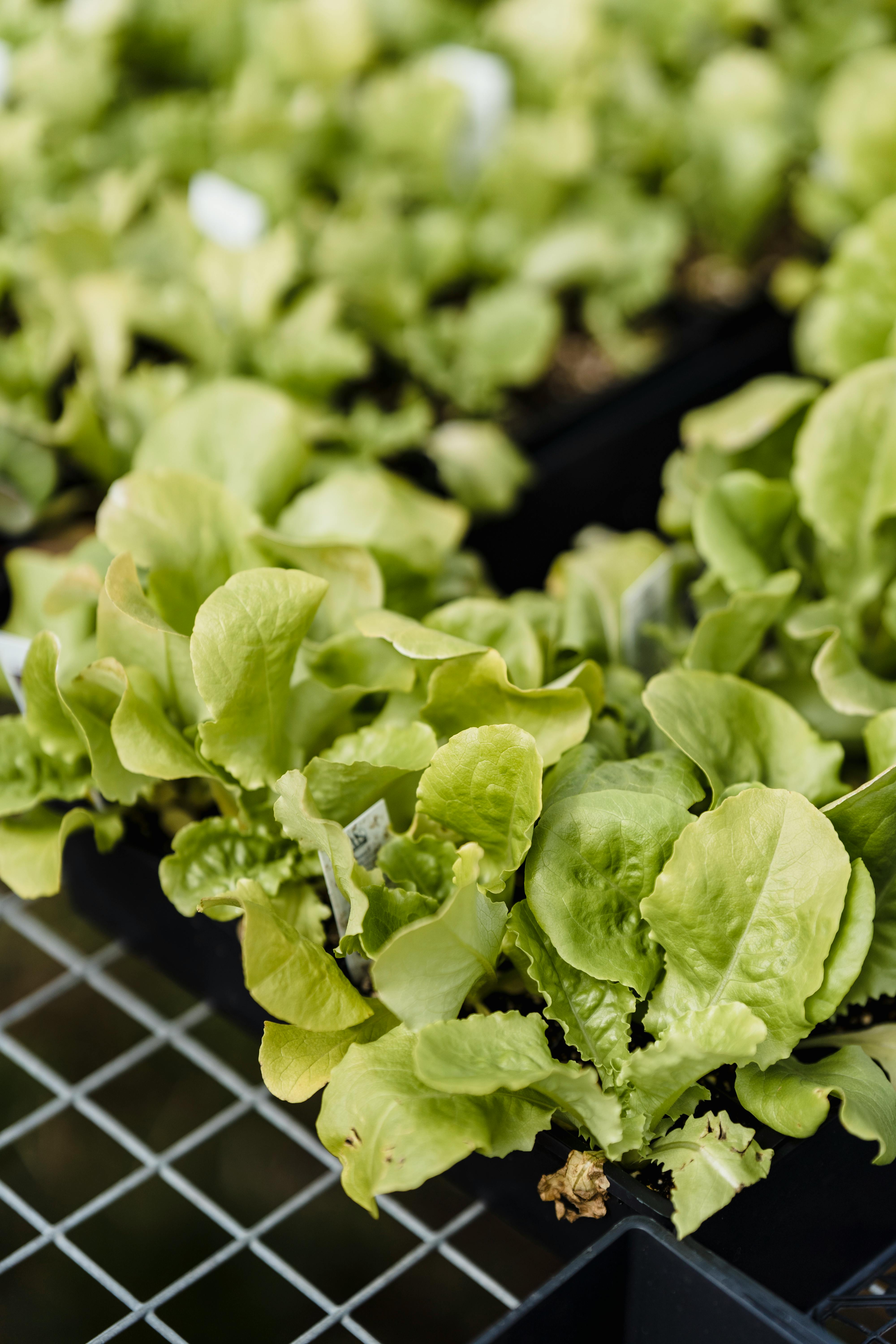
Have you ever wondered why hydroponic lettuce is becoming increasingly popular in urban areas? In this article, you will explore the reasons behind the rise of hydroponic growing systems and how they are revolutionizing modern gardening practices.
Understanding Hydroponic Growing Systems
Let’s break down what hydroponics is all about. Hydroponic growing systems are a method of cultivating plants without using soil. Instead, plants are grown in a nutrient-rich solution that provides everything they need to thrive. This alternative approach to traditional soil gardening has gained popularity due to its numerous benefits, such as faster growth rates and higher yields.
Benefits of Hydroponic Systems
The benefits of hydroponic systems are vast and varied. By delivering nutrients directly to the plant roots, hydroponics enable plants to grow up to 50% faster than their soil-grown counterparts. This not only accelerates the growth cycle but also leads to increased crop yields. Additionally, hydroponic systems use up to 90% less water than traditional soil gardening, making them a more sustainable option for water conservation.
Year-Round Cultivation
An exciting advantage of hydroponic systems is the ability to cultivate crops year-round, regardless of external weather conditions. This means that urban farmers can grow fresh produce even during the winter months, ensuring a consistent supply of nutritious crops. By harnessing controlled environments, such as greenhouses or indoor grow rooms, hydroponic growers can optimize plant growth and quality throughout the year.

The Rise of Hydroponic Lettuce in Urban Areas
Now, let’s delve into why hydroponic lettuce is gaining popularity in urban farming settings. Hydroponic lettuce, in particular, has become a staple in many urban farms and gardens due to its ease of cultivation and rapid growth. By exploring the specific reasons for the surge in hydroponic lettuce production, you can better understand its widespread adoption in urban areas.
Efficient Use of Space
One of the primary reasons for the rise of hydroponic lettuce in urban areas is its efficient use of space. Traditional soil gardening requires significant land or garden space, which is often limited in urban environments. Hydroponic systems, on the other hand, can be set up vertically or in compact indoor environments, allowing urban farmers to maximize their growing capacity in small spaces. This spatial efficiency makes hydroponic lettuce an attractive option for urban agriculture.
Freshness and Quality
Hydroponic lettuce offers unparalleled freshness and quality, making it a preferred choice for urban consumers. By growing lettuce hydroponically, farmers can control the nutrient levels and environmental conditions with precision, resulting in crisp, vibrant greens that are free from pesticides and contaminants. This emphasis on freshness and quality has led to an increased demand for hydroponic lettuce in urban markets, where discerning consumers seek out the best produce available.
Sustainable and Eco-Friendly
In an era where sustainability is a top priority, hydroponic lettuce stands out as an eco-friendly option for urban farming. By conserving water, reducing chemical inputs, and minimizing soil erosion, hydroponics offer a more sustainable approach to food production. Urban areas, in particular, can benefit from the environmentally conscious practices of hydroponic growing systems, as they reduce the ecological footprint of agriculture and promote a healthier urban environment.

The Future of Hydroponic Lettuce in Urban Agriculture
As the popularity of hydroponic lettuce continues to rise, the future of urban agriculture looks increasingly promising. By embracing innovative growing techniques and sustainable practices, urban farmers can meet the growing demand for fresh, locally grown produce. The increasing awareness of food quality and environmental impact has fueled the growth of hydroponic lettuce in urban areas, paving the way for a more resilient and sustainable food system.
Technology Advancements
Advancements in technology continue to drive the evolution of hydroponic growing systems, making them more efficient and accessible for urban farmers. Automated irrigation systems, sensor-based monitoring, and LED lighting solutions have revolutionized the way hydroponic crops are cultivated, allowing for precise control over growing conditions and optimal plant growth. These technological innovations are shaping the future of urban agriculture and expanding the possibilities for hydroponic lettuce production.
Community Engagement and Education
Urban agriculture initiatives are fostering community engagement and education around hydroponic growing systems, creating opportunities for collaboration and knowledge sharing. By introducing hydroponic lettuce into urban farm programs, schools, and community gardens, residents can learn about sustainable food production and healthy eating habits. This grassroots approach to urban agriculture not only promotes food security and nutrition but also strengthens the social fabric of urban communities.
Economic Viability
The economic viability of hydroponic lettuce production in urban areas is another critical factor driving its popularity. By optimizing growing conditions, reducing operating costs, and maximizing crop yields, urban farmers can achieve a sustainable and profitable business model with hydroponic growing systems. The high demand for locally grown, fresh produce in urban markets creates a lucrative opportunity for hydroponic lettuce producers to thrive and contribute to the local economy.

Conclusion
In conclusion, the rise of hydroponic lettuce in urban areas is a testament to the transformative potential of modern growing techniques. By harnessing the benefits of hydroponic systems, urban farmers can cultivate fresh, nutritious crops sustainably and efficiently. The advantages of hydroponic lettuce, such as space efficiency, freshness, and sustainability, have made it a popular choice for urban agriculture. As technology advances and community engagement grows, the future of hydroponic lettuce in urban agriculture looks bright, promising a more resilient and thriving food system for urban communities.




